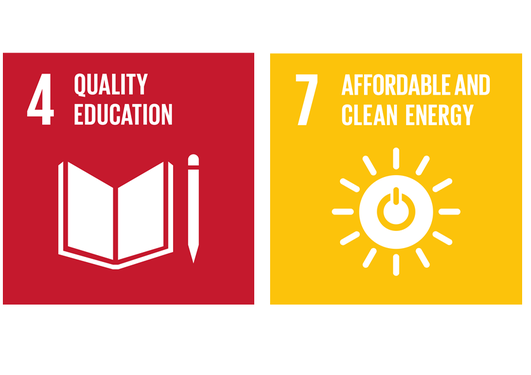Bibliometrics group at the University Library
Bibliometric services and analysis
The Bibliometrics group at the University of Bergen Library provides analyses and advice related to publishing activity, metrics and researcher visibility.
Hovedinnhold
The Bibliometrics group at the University of Bergen Library provides analyses and advice related to publishing activity, metrics and researcher visibility. The group participates in UiB's "analysegruppe”, the BOA team, UiB Ferd, and national fora about bibliometrics.
- Analyses: We carry out tailored analyses on request and according to capacity (see below). On our webpage about UiBs publishing statistics we have analyses of publishing at UiB, its faculties and institutes. This includes trends over time, national and international cooperation, open access, and subject profiles.
- Courses and advice: We provide courses and advice about publishing strategy, profiles and visibility. We also provide guidance on updating publication lists and finding metrics for applications and reports (see our guide, Profiles and Publishing statistics, on MittUiB).
Contact us if you have questions related to publishing activity at UiB, need help with your own analysis, or advice about publishing statistics.
Below you can find an overview of typical anlyses we can assist with. In the bottom tab you can read the library’s principles for responsible use of bibliometrics.
Resources
Tilknyttet innhold
29.07.2024
